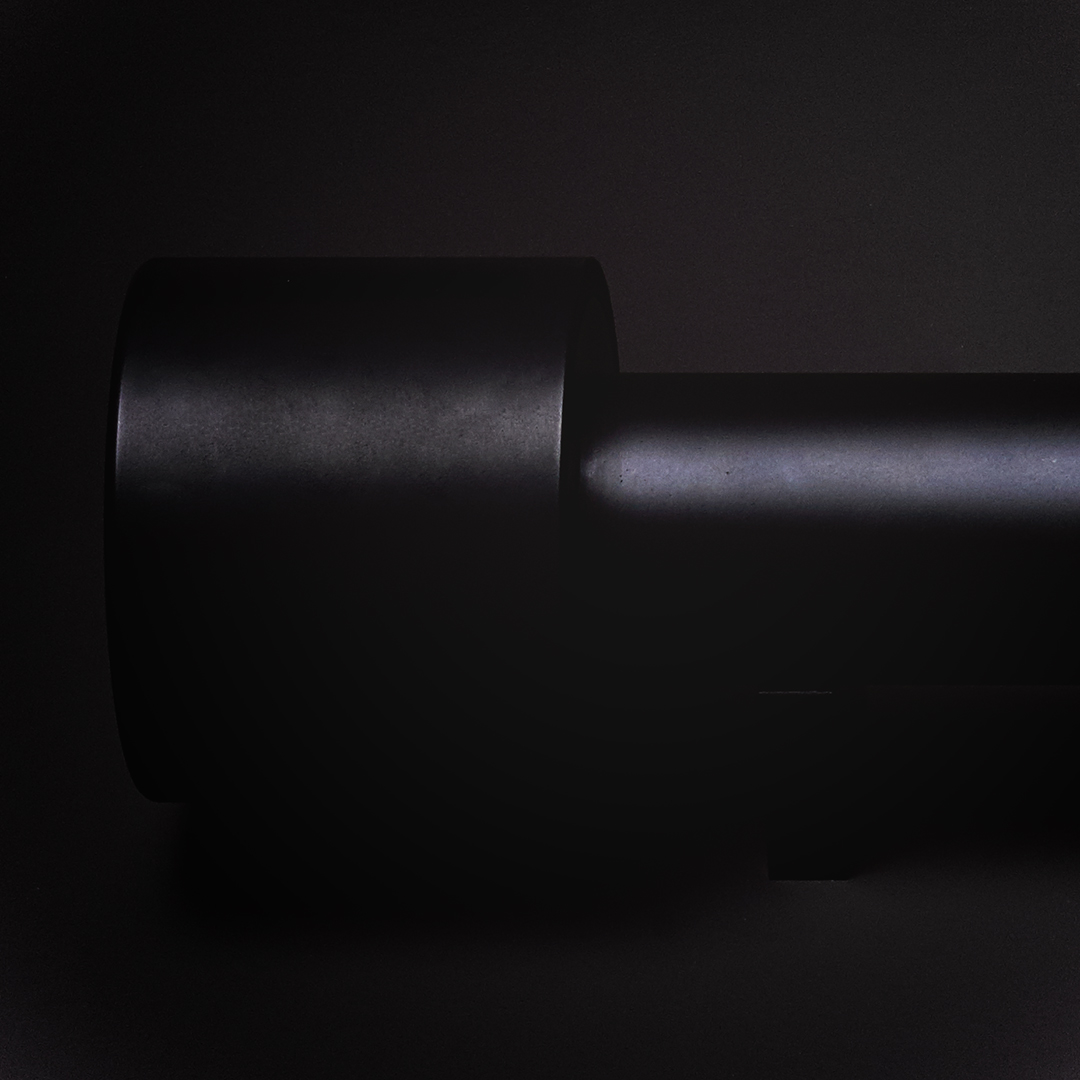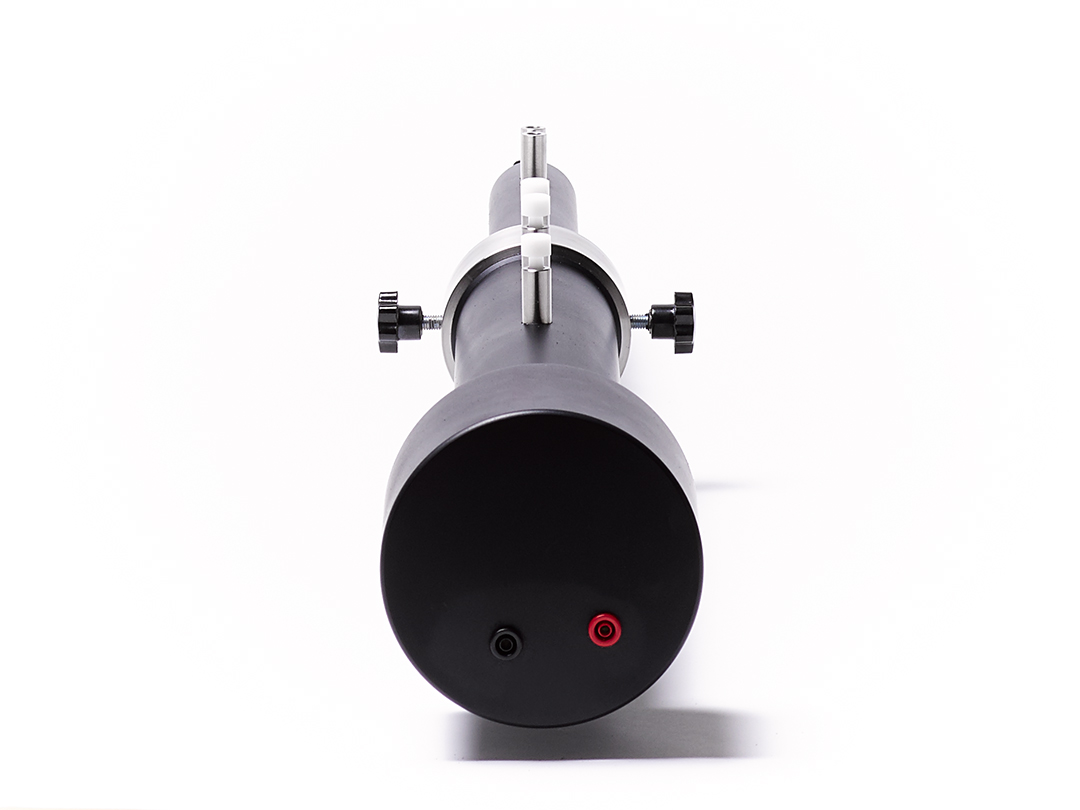ABI ENGINEERING
ACOUSTICS BEYOND IMAGINATION
ABI Engineering is a full-service research firm headquartered in Amstelveen, The Netherlands.
Acoustic Awareness makes you aware to the presence of sound all around us and its relevance and effects. With the acoustic awareness of the individual growing, modern seamless design often ends up in the itchy lack of privacy and the search for comfort. Our goal is to contribute to a better way of living in supporting numerous manufacturers to develop new standards.
We pride ourselves on a disciplined research process that has us regularly engaged with the companies we cover. Our approach allows us to deliver quick and superior results and better insights in acoustic absorbent materials. When you choose ABI, you will discover the impact that research can make for your company.
‘DISCOVER THE IMPACT THAT RESEARCH CAN MAKE FOR YOUR COMPANY’

THE SYSTEM
Our impedance system is a high precision testing tube that is equipped with microphones and sound sources. Material samples are inserted into the tube. A loudspeaker in the tube then emits precisely quantified sound, and the microphones measure the sound pressure level at specific locations along the length of the tube. Our PULSE software then calculates the normal incident acoustic properties of the material based on frequency response functions measured between the various measurement locations. The impedance tube will help you determine sound absorption coefficient and surface impedance by making measurements and calculations that meet the standards ISO 10534-2, ASTM E1050 – 12, and transmission loss ASTM E2611 – 09.

When materials are intended to absorb airborne sound the acoustic designer or acoustician needs to know the effects of the acoustic materials. Two circular shaped material samples of 60mm and 30mm are enough to determine its efficiency, a quick and convenient method to gather results. The impedance tube, or standing wave tube, guarantees highly reproducible testing conditions.
- Researching and developing noise control products by characterizing acoustic material properties and benchmarking competitive products;
- Testing specified material characteristics and verifying material compliance with regulations before materials are incorporated into manufactured assemblies such as components;
- Validating and calibrating computational methods such as acoustical modeling.
